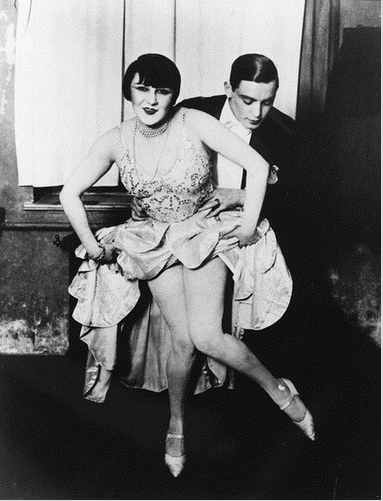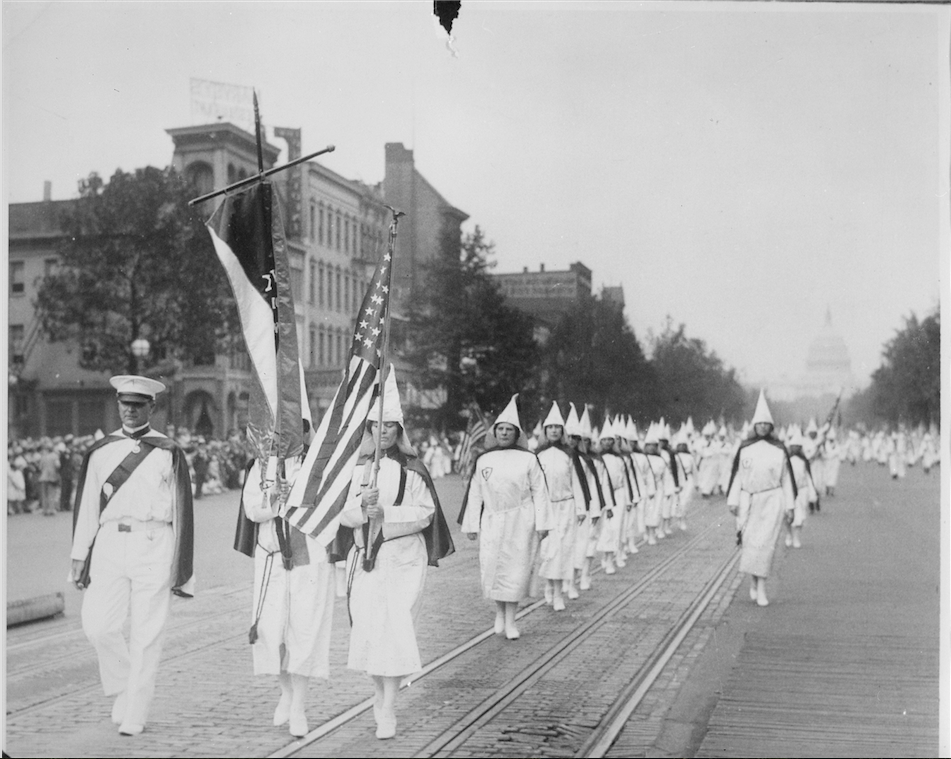Unit 4: The 1920s and the Great Depression
The 1920s are a decade of conflicts and contradictions. On the one hand, the end of the tumult of WWI made many Americans long for a "return to normalcy," which was defined by conservative legislation and a fear of anyone or anything considered "foreign" or "un-American." On the other hand, the youth of the 1920s felt the desire to let loose after WWI and rebel against the values of their parents' generation. We see a rise of a distinct youth culture, jazz music, a car culture, and the Harlem Renaissance. The conflicts between the conservatives and rebels of the 1920s, along with the rise of a consumer culture and the use of credit, results in a fascinating decade.
The excesses of the consumer culture of the 1920s and irresponsible financial practices (among other factors) led to the Stock Market Crash of 1929, which plunged the U.S. (and the world) into the Great Depression. During the decade of the 1930s, Americans struggled with unemployment, eviction, hunger, and a loss of hope in the American way of life. However, President Franklin Roosevelt instituted a large-scale plan to revive the U.S. economy called the New Deal. Economists still disagree over how much the New Deal actually helped the economy, though many agree that it gave Americans more confidence and raised spirits.
Links/review guide:
1920s and Great Depression Review Guide
Extra resources:
Jazz Age Culture from Pittsburgh State University
Hollywood: Breaking the Sound Barrier (History Today)
Media and Morality in the Twenties (History Today)
Creamed, Canned, and Frozen: How the Great Depression Revamped U.S. Diets
NPR (8/15/16)
Comparing the Great Recession and the Great Depression
politifact.org (9/19/13)
Did the Great Recession Bring Back the 1930s?
NPR (7/11/12)
Museum unveils 'hidden gem' in Depression-era photos by Sekaer
CNN (6/7/10)
American Experience: The Crash of 1929



